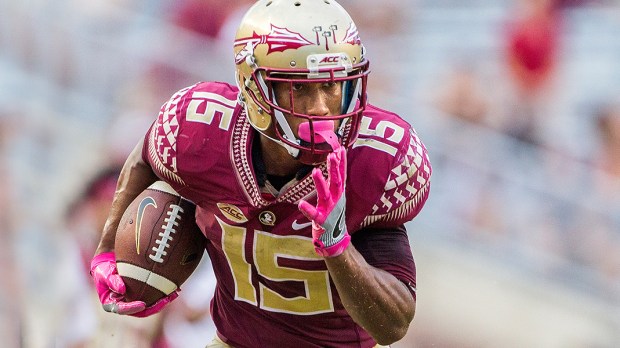Lenten Campaign 2025
This content is free of charge, as are all our articles.
Support us with a donation that is tax-deductible and enable us to continue to reach millions of readers.
For decades football players have been protected from skull fractures by wearing helmets, but those helmets don’t prevent concussions and brain injury. The NFL has been acknowledging this huge deficit through payouts, research grants around traumatic brain injuries, and initiatives like the Head Health Challenge, which gives grants to companies working on advancements in football-related head health. One of those companies is Vicis, the designer of a new, flexible helmet called the Zero1.
The Zero1 helmet is ranked No. 1 on the NFL/NFLPA 2017 Helmet Laboratory Testing Performance Results. According to the Seattle based sports equipment company, 25 NFL teams and at least 20 NCAA teams will use the helmets in 2017.

Read more:
New study suggests nearly all NFL players will suffer from brain damage
Fear of severe and permanent injury is keeping both kids and adults from playing football. Parents across the country are increasingly withholding their football-loving sons from the game following a first or second concussion.
Doug Baldwin, a wide receiver for the Seattle Seahawks who is working with VICIS, said participation in football nationwide has diminished because of fear of concussions and their link to chronic traumatic encephalopathy (CTE) — but the Zero1 helmet should change all that. “We take significant hits on the football field. Football is a violent collision sport,” Baldwin told Fox News. “A product like this can give you that confidence of safety. It can boost your performance. I think it’s going to save the game.”
The new helmet has an impact-absorbing core covered in a pliable outer layer, all to cushion the player’s head from violent, potentially concussion-inducing impact.
Dr. Sam Browd, pediatric neurosurgeon and co-founder of VICIS, said no helmet will fully eliminate concussions from football. But he said the Zero1 should prove very effective in reducing them. Browd teamed up with Marver and VICIS’ chief technology officer, Per Reinhall, to create the Zero1 because he had treated many teenagers who had to quit football because of repetitive head injuries.
Football players have always worn some form of protective head gear. Before the plastic boom of the 1950s, helmets were made from leather and looked like aviator caps. It wasn’t until the 1970s that helmets included energy-absorbing foam to help mitigate the traumatic effects of impact. But helmet design hasn’t evolved much in the past forty years; today’s headgear is marked by a stiff outer shell and padded interior that’s meant to prevent skull fractures and brain hemorrhages.
Vicis’s helmet is based on the car industry’s design of plastic bumpers and crumple zones as protective measuress. “It’s a very challenging engineering problem,” Browd says. “Instead of trying to slow a car down over many feet or yards, we’re trying to slow these impacts down over 2.5 inches.” The Zero1 revolves around a multilayered system that begins with a flexible outer shell made from a bendable plastic and ends with an inner shell and liner that are meant to provide a more customized fit around the head.
Beneath the outer shell is the core layer, which is comprised of hundreds of flexible columns that act like shock absorbers. This layer is the heart of the Vicis helmet, and was developed with the help of Per Reinhall, head of the University of Washington’s mechanical engineering department and a co-founder of Vicis. The columns, which vary in length and thickness depending on their position in the helmet, are made from a resilient polymer that bends in any given direction when compressed.
Vicis CEO Dave Marver explains in a video on the company website that, upon impact, the columns transform from an I shape to a C, and then snap back into place in milliseconds. This, he claims, slows the acceleration of force before it reaches the player’s head. “Newton’s second law,” he says. “Force equals mass times acceleration. The mass of a player’s not going to change, but if you can slow acceleration—the “a” in the equation—you’re reducing force.”
Besides reducing concussions, the helmet provides better peripheral vision, so players can see more of the field and opponents coming at them.
The new helmet costs $1,500, much more than standard design helmets.

